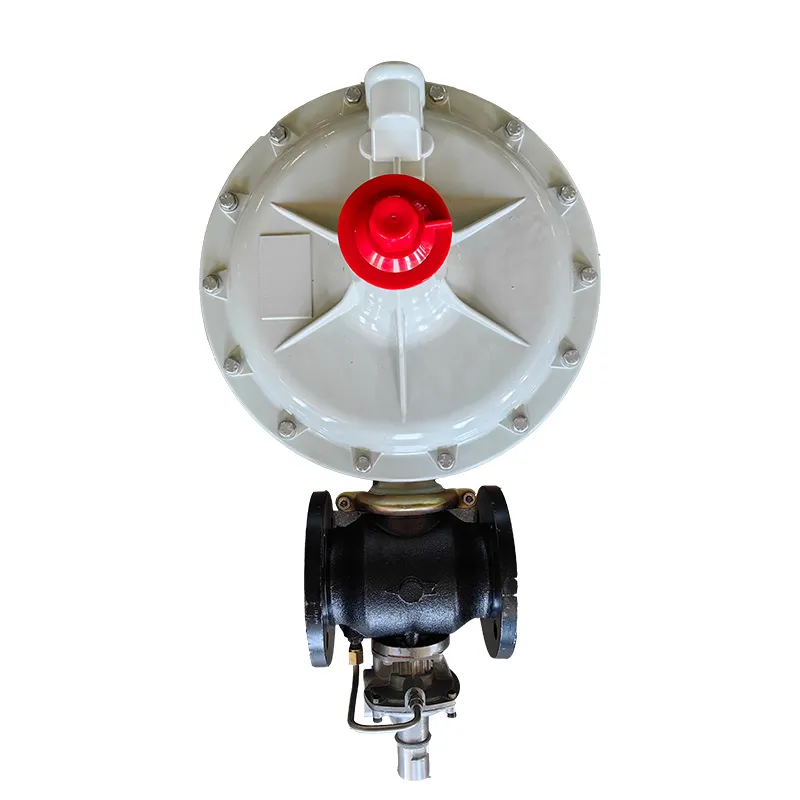
Nov . 20, 2024 15:14
Back to list
محطة تخفيض الضغط
Understanding Pressure Reduction Stations Importance and Functionality
Pressure reduction stations (PRS) play a vital role in the distribution of gas and fluids in various industrial and municipal applications. These stations are essential components of pipeline systems, ensuring the safe and efficient delivery of energy resources to consumers. Their primary function is to reduce the high pressure of gas transported through pipelines to a more manageable and usable level for end-users.
The Need for Pressure Reduction
In the gas transmission system, natural gas is transported at high pressures to facilitate efficient movement over long distances. However, when this gas reaches residential or commercial consumers, its pressure must be significantly lowered. This reduction is necessary for safety, as high-pressure gas could pose severe risks, including explosions and damage to appliances. The PRS is strategically located within the pipeline network to serve this critical function.
Components of a Pressure Reduction Station
A typical pressure reduction station comprises several key components designed to ensure effective pressure management. The primary components include
1. Pressure Regulators These devices are the heart of the PRS. They automatically adjust the flow of gas and reduce its pressure to predetermined levels. Regulators ensure consistency in pressure and are essential for maintaining the flow rate required by consumers.
2. Safety Valves Safety is paramount in gas management. Safety valves are designed to release gas if the pressure exceeds safe levels, preventing potential accidents caused by overpressure conditions.
.
4. Flow Meters These devices measure the volume of gas flowing through the station, allowing operators to monitor consumption and adjust operations accordingly.
محطة تخفيض الضغط

5. Control Systems Advanced control systems provide real-time data about pressure levels and flow rates, enabling remote monitoring and management of the PRS. These systems contribute to efficient operations and rapid responses to any changes in demand or system performance.
The Operation of a Pressure Reduction Station
The operation of a PRS begins when high-pressure gas enters the station from the transmission pipeline. As the gas passes through the pressure regulators, the pressure is reduced to the specified levels designed for residential or industrial use. This process is carefully controlled and continuously monitored using the station’s control systems.
In any PRS, maintaining a stable environment is critical. Operators must ensure that pressure levels remain within safe limits while accounting for fluctuations in demand. This balancing act requires a comprehensive understanding of the system’s dynamics, which is facilitated by the integration of technology and continuous data analysis.
Importance of Pressure Reduction Stations
The significance of pressure reduction stations can’t be overstated. They not only ensure the safe transport of gas to consumers, but they also contribute to the overall efficiency of the gas distribution infrastructure. By reducing the pressure at designated points, these stations help to minimize the risks associated with high-pressure gas, ensuring public safety and compliance with regulatory standards.
Moreover, as the demand for energy resources continues to grow globally, PRS will play a pivotal role in facilitating the effective distribution of natural gas. Their ability to adapt to changes in consumption patterns and integrate new technologies will be crucial in meeting future energy demands sustainably.
Conclusion
Pressure reduction stations are essential for the safe and efficient management of gas distribution. Their sophisticated components and operations make them a cornerstone of the energy supply chain. As the industry evolves, the importance of these stations will only increase, underscoring the need for continuous innovation and improvement in pressure regulation technologies. Understanding the role and functionality of PRS is vital for anyone involved in energy management and distribution, highlighting the intricate systems that support our energy needs.
Latest news
-
Safety Valve Spring-Loaded Design Overpressure ProtectionNewsJul.25,2025
-
Precision Voltage Regulator AC5 Accuracy Grade PerformanceNewsJul.25,2025
-
Natural Gas Pressure Regulating Skid Industrial Pipeline ApplicationsNewsJul.25,2025
-
Natural Gas Filter Stainless Steel Mesh Element DesignNewsJul.25,2025
-
Gas Pressure Regulator Valve Direct-Acting Spring-Loaded DesignNewsJul.25,2025
-
Decompression Equipment Multi-Stage Heat Exchange System DesignNewsJul.25,2025

